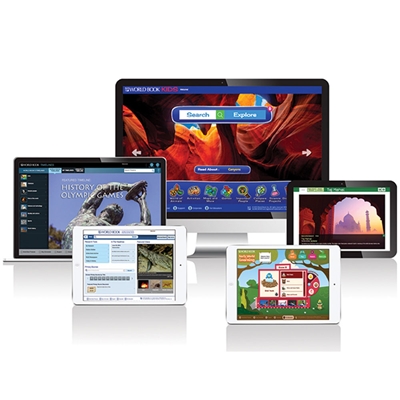Chinese is the most widely spoken language in the world, followed by English and Spanish. More than 800 million people speak Chinese as their native language. Most Chinese speakers live in mainland China, Indonesia, Thailand, Malaysia, and Singapore. The language is also commonly heard in the United States, Canada, and many other countries. China has the largest population in the world, an estimated 1,401,940,000 people. Nearly 1 billion (1,000,000,000) of those people speak Mandarin Chinese, the official language of China and Taiwan. In addition to native speakers, an estimated 40 million people have learned Mandarin as a foreign language.
Chinese is not a single language, but rather a group of related languages from the Sino-Tibetan language family. In China, Mandarin is called Putonghua, which means common language. In Taiwan, Mandarin is called Guoyu, which means national language. The Mandarin dialect (variety of language) originated in the Chinese capital, Beijing. Other major dialect groups include Wu, Min, Yue (Cantonese), Xiang, Gan, and Hakka. Each group also has several local dialects. Cantonese is spoken in Hong Kong, and it gives English speakers the word ?? (tsap sui), familiarly known in restaurants as chop suey. Other English words of Chinese origin include China, chow mein, ginseng, gung-ho, ketchup, kumquat, litchi, tai chi, typhoon, and wok.
Chinese dialects mainly differ in tone, the pitch used in saying a word. Most words are monosyllabic, which means they have only one syllable. There are about 1,600 syllables in the Chinese sound pattern. There are seven major Chinese dialect groups, but they all use the same writing system.
Instead of having a Roman alphabet full of letters, the Chinese writing system uses characters. It is logographic, meaning that each character is a symbol that represents a phrase, a word, or part of a word. A character can represent different words depending on how it is pronounced. There are more than 50,000 characters in Chinese. Each is designed to fit in the same square frame and can have up to 64 strokes. Lines of characters are read top to bottom and right to left. Most modern Chinese books, however, are organized left to right. Punctuation was not commonly used in Chinese until the 1900’s, and it is still not always used. Words also have no tense, number, or gender. For all its complications, Chinese script is lovely on a written page. The Mandarin word for Monday is ???, or xingqiyi, meaning week one.
Chinese script has gone through many reforms over the centuries. The earliest forms were pictographs, drawings or pictures of the objects they represented. The oldest evidence of Chinese writing lies in the oracle bones, inscriptions carved into bones used for fortune telling during the Shang dynasty around 1500 B.C. Many centuries later in 1949, the People’s Republic of China started simplifying characters for common usage. Strokes in common characters were reduced, condensed, or eliminated. The Chinese government also introduced pinyin, a system of writing that uses the Roman alphabet instead of Chinese characters.
Untitled Document
Can't view the linked articles? Subscribe to World Book Online

World Book Online delivers a progressive sequence of core databases supported by supplemental
tools, such as language translation, graphic organizers, and unique Webquests. Moving from
Early World of Learning to World Book Advanced, World Book Online aligns end-users with their
appropriate learning levels. Each stand-alone site provides additional features to support the
needs of users’ specific capabilities.
The World Book Difference
World Book combines cutting-edge technology with traditional editorial excellence to produce
authoritative, trustworthy, and unbiased content. The digital content is updated in real time and
carefully curated for each learning level. Accessible 24/7, the content is available on a variety of devices.
World Book Online combines 21st-century instructional techniques with timely information.
By breaking down complex topics and using easily understandable text, World Book Online helps to
build fluency and increase comprehension. Featuring single sign-on capability, these sites are paired
with highly visual content to engage even the most reluctant reader. Our collection of resources kindles
a lifelong learning experience for every user. This adherence to clarity, currency, and accuracy makes
World Book’s digital offerings an information hub for the classroom, library, and beyond.
Image: The Chinese flag is red with five yellow stars in the upper corner nearest the flagpole. Credit: © T. Lesia, Shutterstock